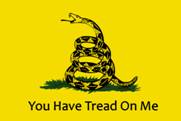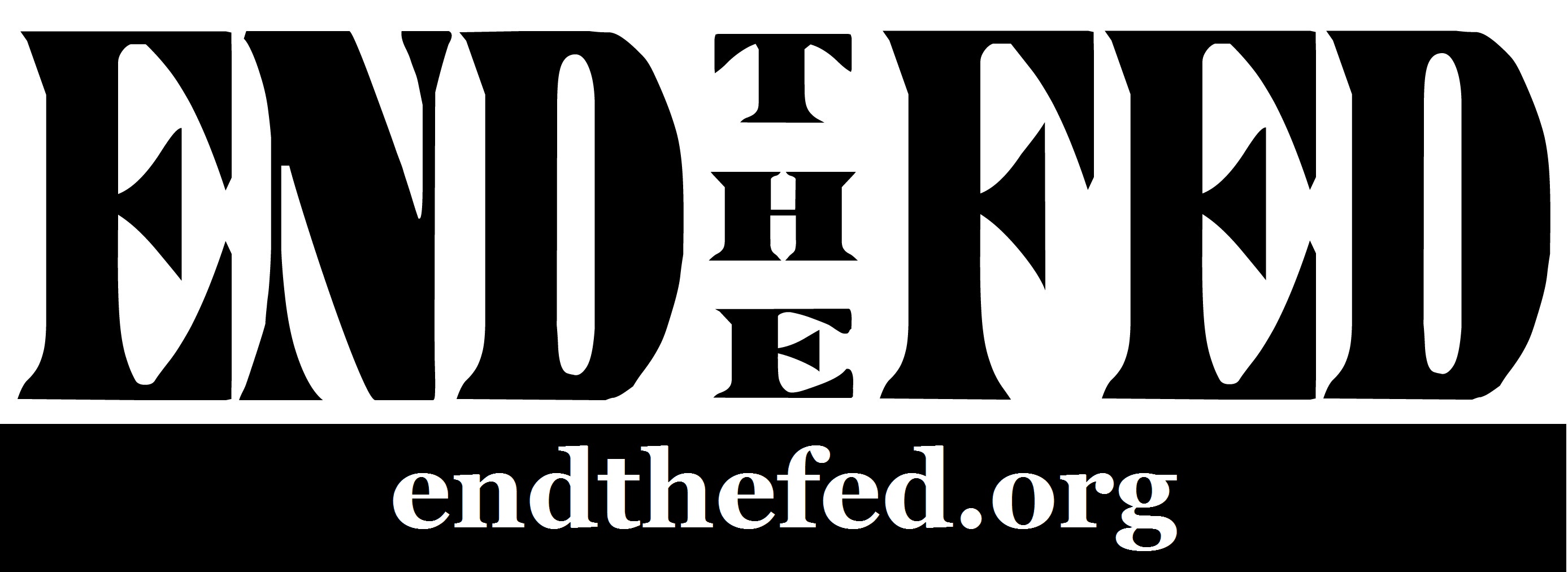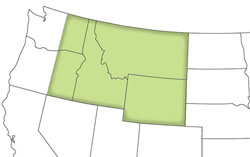Re-imagining the structure of historical events in a futuristic setting is a literary technique designed to illustrate the timelessness of the essential concepts presented. By taking readers outside the context of their daily lives, the principles of what is occurring can be perceived with more clarity than what would have been available otherwise in their dreary, civilian existence. This novel of libertarian revolution could also be said to be nothing more than the American War for Independence reenacted on the Moon.
The social structures on Luna exemplify the pioneer culture that the colonists inhabit. Ethnically, Loonies are about as diverse as you can get; mixed breeds are the norm, and for the most part, get along quite well considering the “melting pot” that resulted from Luna itself being a place of exile, or as the protagonist’s grandfather called it “a open prison.” The average Loonie’s lifelong priorities are “beer, betting, women, and work, in that order;” it turned out that the gender ratio tipped in favor of the fairer sex by far, thus the socio-cultural dynamics of mating have had to adapt or die. This occurred due to the development of various forms of (unlicensed!) marriages, such as polygamous, clan, and group. Line marriage particularly is held as the most successful form, since it conserves capital and provides for the offspring’s welfare the best; if done right, a line marriage is literally immortal.
Educational practices operated entirely subject to free market principles. Schools tended to be private co-ops, with the best students receiving one-on-one tutoring with those teachers who typically became their long-term mentors. The very best educators would be willing to supply the demand of their students by teaching them whatever they wanted by setting a price, gathering materials, and studying the materials themselves if they had no prior experience with it, always staying a few lessons ahead. If a protégé began superpassing his mentor, the teacher would stop charging and instead hire an expert in the field to teach both him and his student. Absolutely nothing was to be taken for granted; not food, water, or even air, hence the common motto “There Ain’t No Such Thing As a Free Lunch!” (TANSTAAFL) that took root early on in Luna’s history.
Justice on Luna is also quite eclectic, at least by earthworm tourists. Judges are paid an equal fee from both contesting parties to hear a dispute. Both parties have the ability to have a jury hear their case; the cost of hiring one is borne by the judge. The accused possesses the option of retaining counsel for his defense, but not a lawyer, since there aren’t any. All fines levied against one or both parties (and even neglectful jurors!) as part of the sentencing are collected by the judge. If one of the parties is unable to pay on the spot, the judge will specify a deadline they must pay by, otherwise they will be publicly blacklisted as a delinquent debtors who will be unable to buy or sell until they pay up. All of this is performed without legislated statues or codified judicial case precedents.
Earth (aka Terra) had devolved to the degree that superstates (such as the North American Directorate) comprised the world government known as the Federated Nations (FN). The Lunar Authority is the agency responsible for managing Luna on behalf of the FN. Authority issued its own scrip to the colonists, but it was a fiat currency that was subject to wild fluctuations. The Chinee bankers on Luna issued their own currency, the Hong Kong dollar, that was pegged to gold at the exchange rate of $100 to 31.1 grams (aka 1 troy oz), which was payable on demand and thus much more stable than Authority’s nearly worthless scrip. Even worse than this was the fact that Luna was only allowed to trade with Authority at rates arbitrarily determined by Authority; this very strongly mimics what James Madison referred to in The Federalist Papers as the monopolistic relationship Britain enjoyed at America’s expense by reselling the manufactured products that the colonists collected and initially shipped to the motherland, only to have to pay for the final product many more times than if they had simply manufactured it themselves!
It wasn’t atypical for a Loonie to think that under no circumstances would the State ever be justified in placing its own welfare above that of the hapless citizen. A philosophically more challenging question would be, “Under what circumstances is it moral for a group to do that which is not moral for a member of that group to do alone?” Professor Bernardo de la Paz, one of the key revolutionaries, when asked what his political orientation was, replied that he was a “rational anarchist.” He explains this by stating:
“A rational anarchist believes that concepts such as ‘state’ and ‘society’ and ‘government’ have no existence save as physically exemplified in the acts of self-responsible individuals. He believes that it is impossible to shift blame, share blame, distribute blame….as blame, guilt, responsibility are matters taking place inside human beings singly and nowhere else. But being rational, he knows that not all individuals hold his evaluations, so he tries to live perfectly in an imperfect world…aware that his effort will be less than perfect yet undismayed by self-knowledge of self-failure.”
Thomas Jefferson is described by the venerable professor as a rational anarchist who almost slipped in his anti-state sentiments in the form of the most eloquent rhetoric through the Continental Congress, but was unfortunately caught (much like how he tried to free his slaves that he inherited courtesy of the British imperial system, but failed to do so). Of course, following a session of the Luna Ad-Hoc Congress where he encouraged the delegates to take as much time to think of as many things the government is not allowed to do (and to draft all of those into a constitution), Prof explained to his fellow revolutionaries his admonishment of the legislature thusly:
“You have put your finger on the dilemma of all government – and the reason I am an anarchist. The power to tax, once conceded, no limits; it contains until it destroys. I was not joking when I told them to dig into their own pouches. It may not be possible to do away with government – sometimes I think that government is an inescapable disease of human beings. But it may be possible to keep it small and starved and inoffensive – and can you think of a better way than by requiring the governors themselves to pay the costs of their antisocial hobby?”
Ironically, to Prof’s great discomfort, the monarchist Stuart Rene LaJoie wanted to nominate the good professor as “Bernardo the First, King of Luna and Emperor of the Surrounding Spaces.” Stuart explained his position by claiming that Prof was ideal because he is well-respected and does not want the job, as well as his own convictions that, “A king is the people’s only protection against tyranny….especially against the worst of all tyrants, themselves.”
Early on in the revolution, some serious consideration was given to the communications structure. Prof wanted to use a 3-cell hierarchical structure (much like a pyramid or Christmas tree), where the executive cell’s members would cumulative know nine people who would comprise the next level on down of three cells, but that each cell of that level would know only one individual who belonged to an upper-level cell, and so on. Manuel Garcia O’Kelly, the novel’s protagonist, claimed he improved upon that:
“Take some cells, arrange in open pyramid of tetrahedrons. Where vertices are common, each bloke knows one in adjoining cell – knows how to send message to him, that’s all he needs. Communications never break down because they run sideways as well as up and down. Something like a neural net. It’s why you can knock a hole in a man’s head, take chunk of brain out, and not damage thinking much. Excess capacity, messages shunt around. He loses what was destroyed but goes on functioning.”
O’Kelly goes on to detail how exactly this would work, to Prof’s amazement.
Even though Authority could very easily bomb Luna without much fuss, it would beg the question as to Luna’s military capabilities. Mike, the name ascribed to the Authority’s supercomputer on Luna, suggested that they throw rocks on Terra. Throughout the novel, references to the Boston Massacre, the Battles of Lexington and Concord, and even the penultimate Siege of Yorktown abound, particularly in the concluding chapters when Mike was precisely launching rocks toward Terra in order to secure a surrender from the FN.
All dissidents, regardless of their political orientation, owe it to themselves to read Robert Heinlein’s The Moon is a Harsh Mistress. An excellent overview and hypothetical application of revolutionary tactics and strategy, Heinlein’s novel truly grasps the ingenuity, danger, and even glamour that accompanies such a uniquely entrepreneurial venture. Nothing would be finer than for contemporary lovers of liberty to slow down and serious contemplate the themes and concepts presented in this story, with the goal of eventually applying them to our contemporary situation.






















On seeing your evidence, I cheerfully bow to the War of Independence analysis for what it’s worth, Still, that theme is rather subservient to Heinlein dwelling on Manny’s relationships with Mike, Wyoh, the Prof. etc. Most of all it is subverted to the deep libertarianism which is his abiding interest in that world/universe. Approximately the second theme he addresses in the novel is the libertarian marriage & social interaction systems described to and with Wyoh, and one of the last few themes he addresses is a privately run judicial system. That seems to run deeper than the Revolutionary war references.